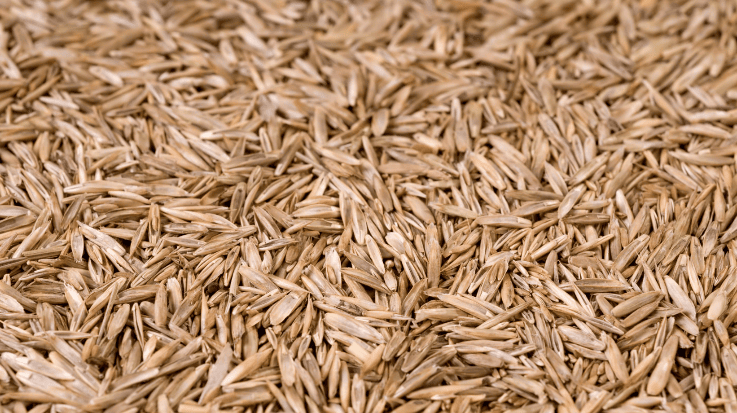Aerating & Overseeding / Fall Planning for Commercial Properties
Aerating & Overseeding / Fall Planning for Commercial Properties
By Tom Nelson | 08.30.2024
As we move into the fall season, it’s time to focus on crucial lawn care practices that will set your commercial properties up for success in the months to come. Aerating and overseeding are essential components of an effective fall maintenance plan, ensuring healthy, vibrant turf that enhances the overall aesthetics and usability of your sites. Here’s why these practices are vital and how to implement them effectively.

The Importance of Aerating
Aeration involves perforating the soil with small holes to allow air, water, and nutrients to penetrate deep into the roots. This process alleviates soil compaction, enhances root development, and improves the turf’s resilience. For commercial properties, where heavy foot traffic and vehicle use can compact the soil, aeration is especially beneficial. The benefits of aerating this fall include:
- Improved Soil Health: Aeration breaks up compacted soil, which allows for better water absorption and root growth.
- Enhanced Nutrient Uptake: By creating pathways for air and nutrients, aeration promotes a healthier, greener lawn.
- Increased Resistance to Stress: Aerated lawns recover more quickly from foot traffic, drought, and other stressors, ensuring they remain lush and attractive year-round.
The Benefits of Overseeding
Overseeding is the process of planting grass seed directly into existing turf without tearing up the turf or the soil. It’s an effective way to fill in bare spots, improve turf density, and enhance the overall appearance of the property. Overseeding also introduces improved grass varieties that may offer better disease resistance and drought tolerance. Key benefits include:
- Thicker, Healthier Turf: Overseeding introduces new grass varities, making the lawn thicker and more uniform.
- Reduced Weed Pressure: A denser lawn prevents weeds from establishing and spreading, reducing the need for chemical controls.
- Enhanced Color and Aesthetics: Overseeded lawns tend to have a richer, more vibrant color, which boosts the visual appeal of your properties.
- Timing is crucial: For optimal results, schedule aeration and overseeding during the early fall when the soil is still warm, and there's sufficient moisture for seed germination.
- Proper Equipment: Use Core aerators that remove small plugs of soil, as these are more effective than spike aerators. For overseeding, ensure even seed distribution using a broadcast spreader.
- Select the Right Seed: Choose grass varieties that are well-suited to your region and the specific conditions of your chemical properties. Look for seeds with high germination rates and resistance to local pests and diseases.
- Follow with Fertilization: After overseeding, apply a balanced fertilizer to provide essential nutrients that will support the new grass seedlings' growth.
- Water Regularly: Keep the soil consistently moist to encourage seed germination and establishment. Avoid overwatering, as this can lead to disease.
Aerating and overseeding are just one part of a comprehensive fall landscape maintenance plan. Regular mowing, weed control, and proper irrigation management are also critical to maintaining the health and appearance of your commercial properties. By investing in these practices now, you’ll ensure a stronger, healthier lawn that stands up to the challenges of winter and emerges vibrant in the spring.
